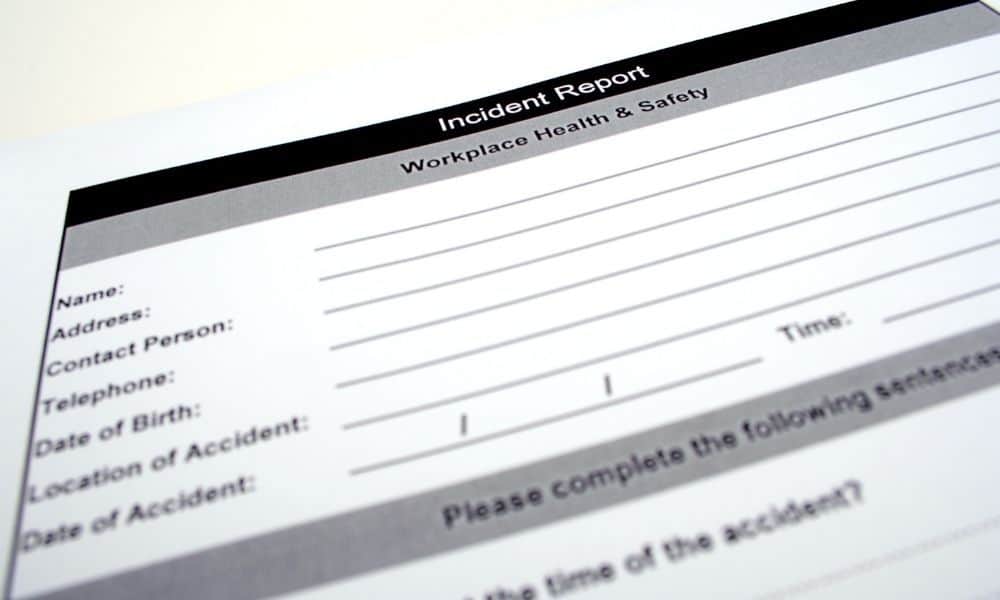Incident reports serve as formal documentation of workplace accidents and events. Documentation captures essential details when personal injury, health and safety issues, team misconduct, and other unique situations occur.
While incident reports may seem intimidating, it’s vital to know the common types and how to report them upon occurrence.
Workplace Incident Categories
Workplace incidents fall into different categories based on their severity and nature. Some incidents will result in severe injury or property damage, while others classify as close calls. Here are the most common types that occur in the workplace:
- Unsafe acts: While dangerous acts don’t always result in immediate danger to staff and property, these actions are irresponsible and are attention-drawing opportunities that prompt safer procedures.
- Minor injuries: Minor injuries revolve around incidents that don’t require hospitalization or time off work to recover.
- Fatalities: Unfortunately, these incidents occur when an employee suffers a severe injury resulting in their death. While not as common, these situations can happen in high-risk workplaces.
- Near misses: These incidents refer to all situations that don’t injure anyone on the team but pose enough threat to jolt morale and awareness.
- Lost time accidents: Lost time accidents differ in severity and require an employee to take time off work for medical care and recovery.
Types of Incident Reports
- Workplace: This type of incident report details events that occur on the job and negatively affect the employee’s productivity. Workplace incident reports can also prompt employees to voice safety and security concerns.
- Safety and security: Safety and security records address theft, loss, and breaches that occur on business property, and they usually require the help of a security team to file the report. These incidents range from physical break-ins to database breaches.
- Accident and first aid: First aid reports document accidents that contribute to an injury. Law enforcement officials and organization members can file the address.
- Exposure incidents: These are complex situations where infectious material like bloodborne pathogens pass through an individual’s eyes, nasal, and mouth cavities. These particles can contribute to illnesses and viruses that require documentation and monitoring.
How To Report Incidents
It’s imperative to report incidents immediately, as it is possible to forget the facts as time passes. When drafting the record, remember to include the type of event, the date and time of the occurrence, and all individuals involved.
You’ll also need to provide the address, specific location of the incident, and a detailed narrative of the situation, including a complete sequence of the events and any results.
Learning the common types of incident reports and how to report them is a standard that serves to keep companies and staff safe. It’s crucial to note that incident reports must document all event details in full transparency to prevent similar situations from occurring in the future.








